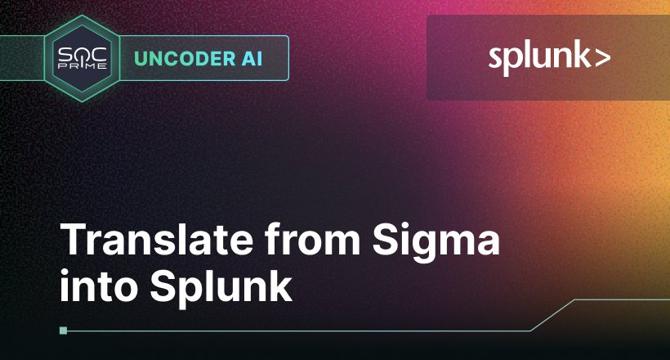Socprime
4w
235

Image Credit: Socprime
Linux Syscall Threat Detection in Splunk with Uncoder AI
- A new approach for Linux syscall threat detection in Splunk using Uncoder AI is introduced.
- The focus is on monitoring the mknod syscall, often exploited by attackers for malicious purposes.
- Detection logic is designed around the mknod syscall and is tagged with MITRE technique T1543.003.
- The detection method is based on analyzing auditd logs on Linux.
- Uncoder AI simplifies the translation of Sigma rules to Splunk's Search Processing Language (SPL).
- The solution offers an innovative way to convert cross-platform telemetry for effective threat detection.
- Uncoder AI automates the challenges of field mapping and syntax differences between Sigma and Splunk.
- It enhances Linux telemetry coverage, particularly for low-frequency, high-risk behaviors like mknod.
- The solution facilitates quick deployment of threat content from Sigma to Splunk, improving detection capabilities.
- It allows for enhanced monitoring of persistence techniques and covert channel creation in real time.
- The tool is designed to bridge the gap between open threat content and proprietary platforms like Splunk.
- The solution aims to reduce engineering efforts and enable security teams to focus on investigations.
- The article is based on a post from SOC Prime.
- The solution provides a minimal yet accurate query for detecting mknod syscall events in Splunk.
- False positives may occur during device initialization by tools like udevadm or MAKEDEV.
- Overall, the approach aims to streamline Linux threat detection using Uncoder AI in a Splunk environment.
Read Full Article
14 Likes
For uninterrupted reading, download the app